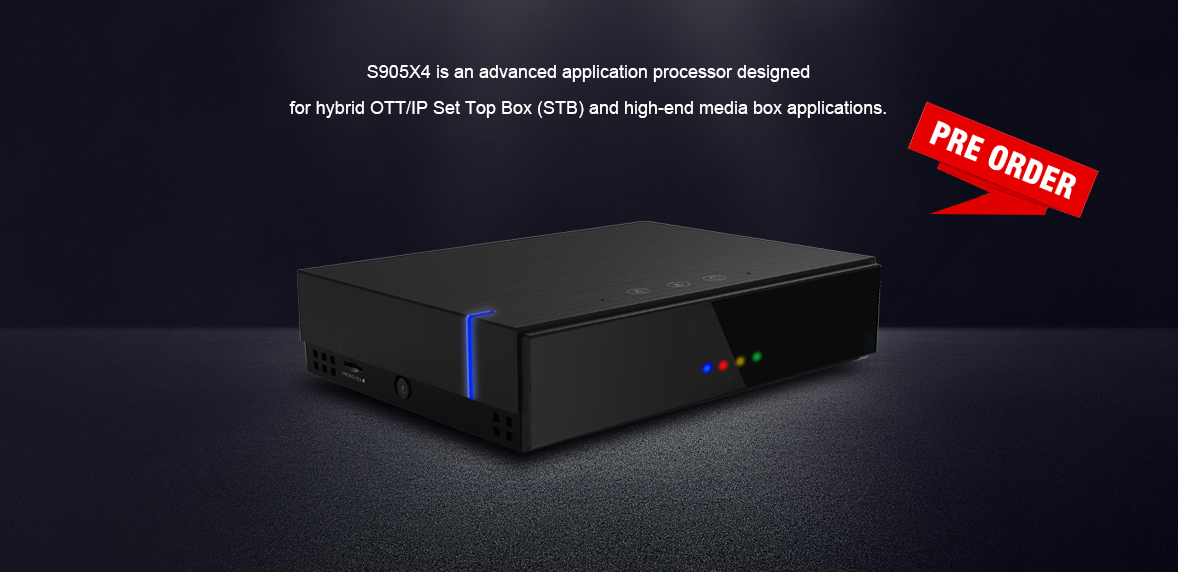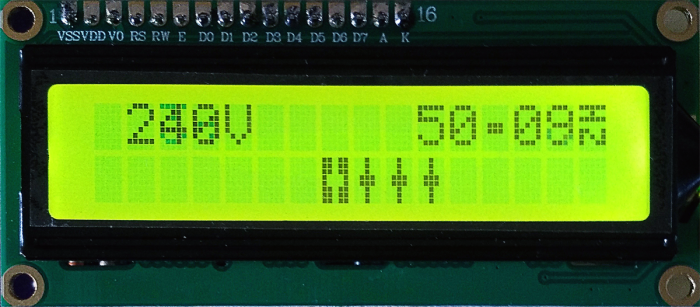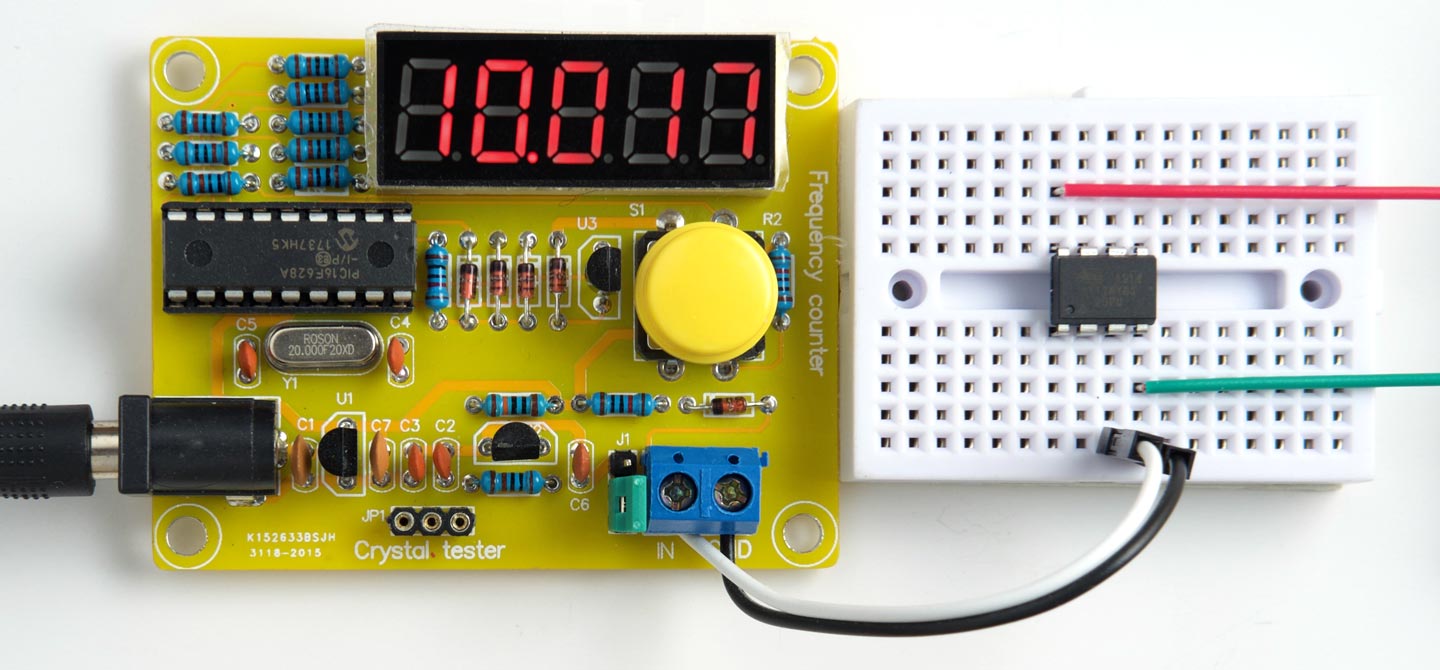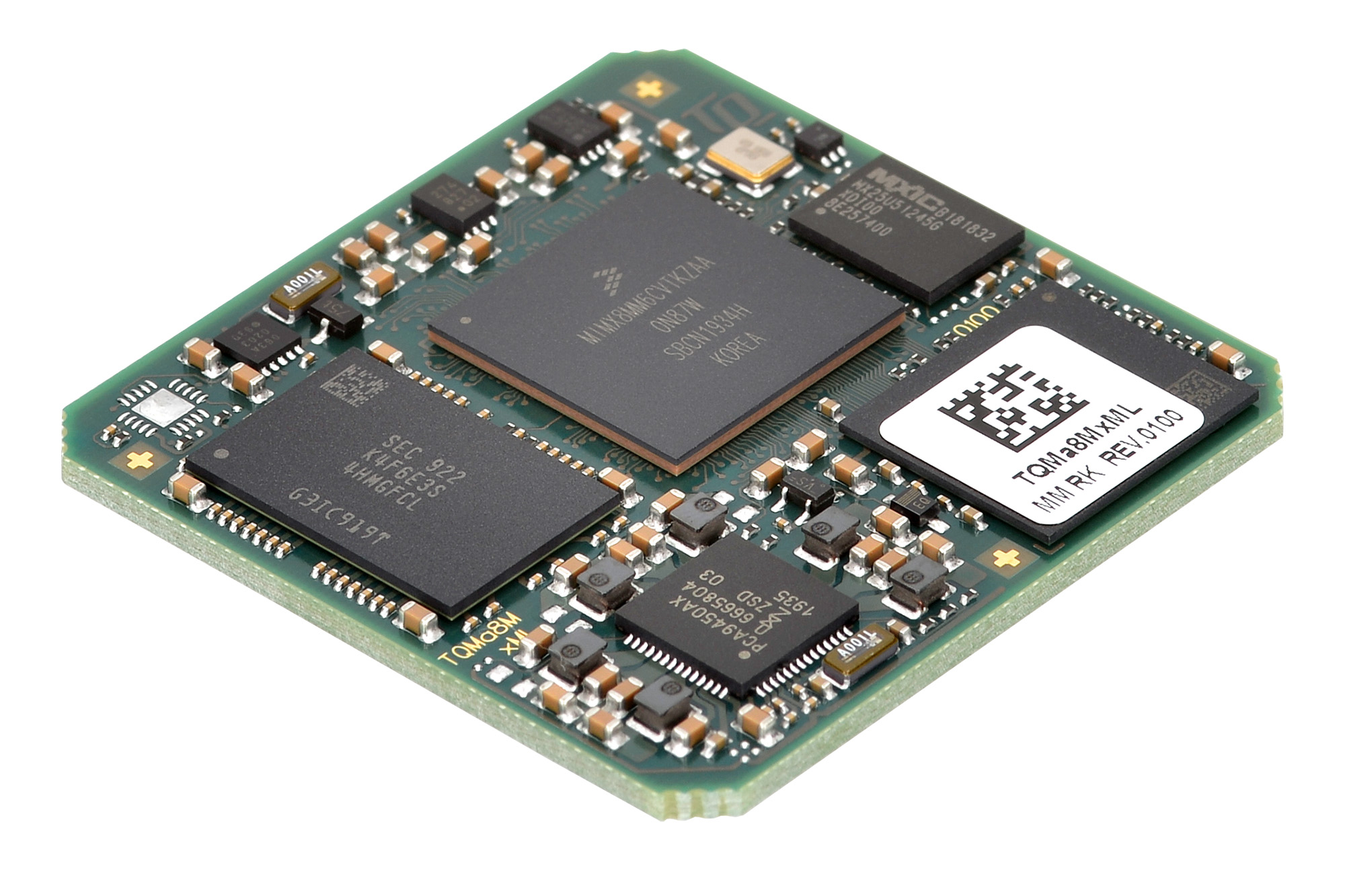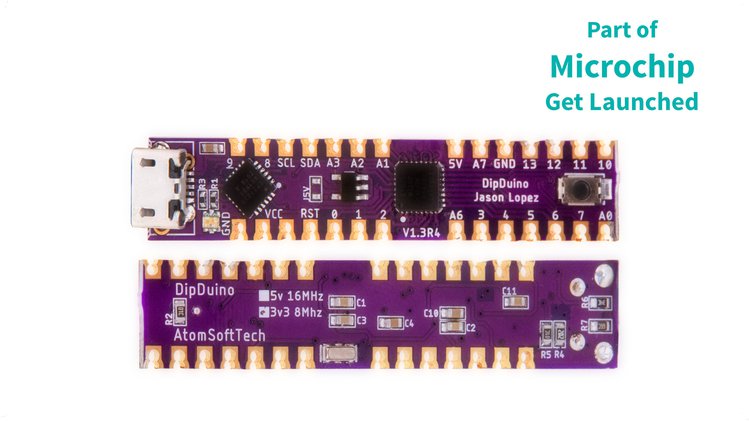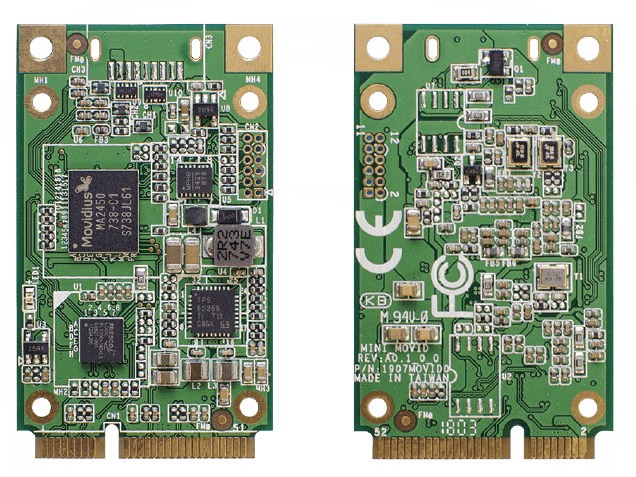
Indoor Solar Cells optimised to convert ambient indoor light to electricity
Swedish and Chinese scientists have developed organic solar cells optimised to convert ambient indoor light to electricity. The power they produce is low, but is probably enough to feed the millions of products that the internet of things will bring online. For more information see the IDTechEx report on Energy Harvesting Microwatt to Megawatt 2019-2029.
As the internet of things expands, it is expected that we will need to have millions of products online, both in public spaces and in homes. Many of these will be the multitude of sensors to detect and measure moisture, particle concentrations, temperature and other parameters. For this reason, the demand for small and cheap sources of renewable energy is increasing rapidly, in order to reduce the need for frequent and expensive battery replacements.
This is where organic solar cells come in. Not only are they flexible, cheap to manufacture and suitable for manufacture as large surfaces in a printing press, they have one further advantage: the light-absorbing layer consists of a mixture of donor and acceptor materials, which gives considerable flexibility in tuning the solar cells such that they are optimised for different spectra – for light of different wavelengths.





